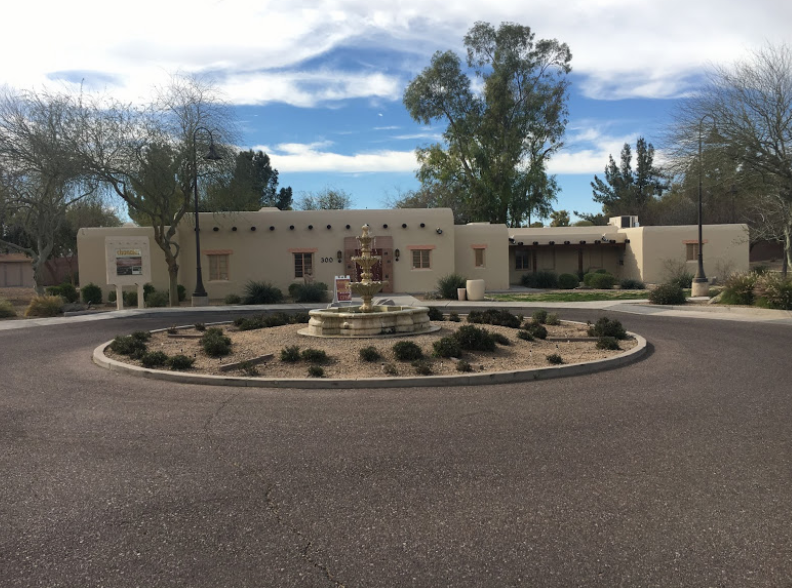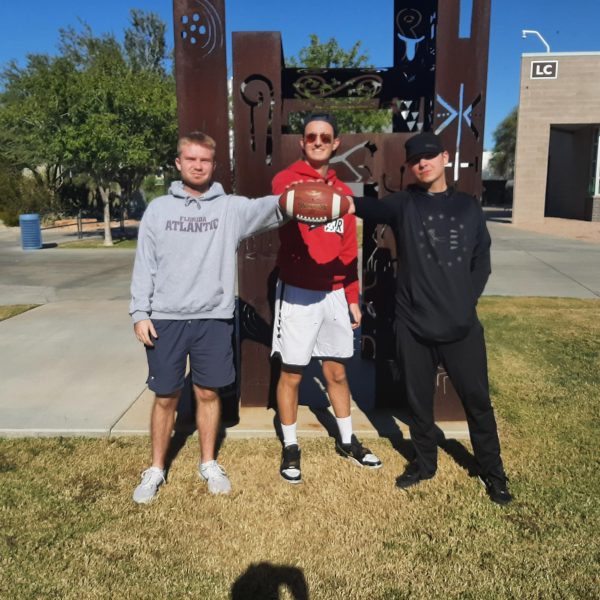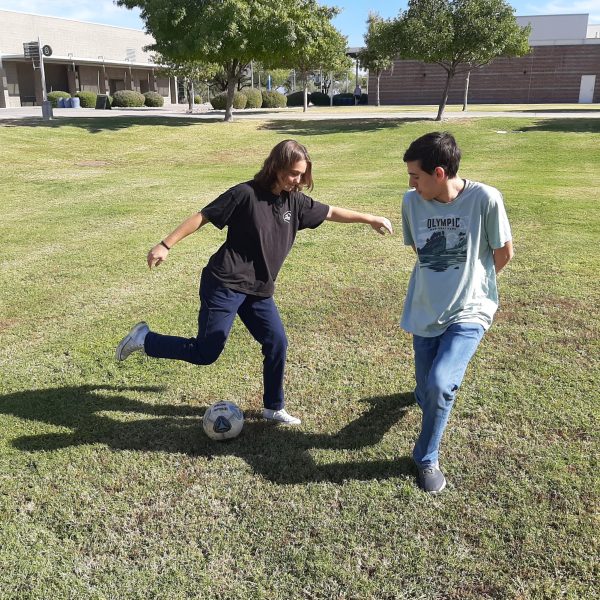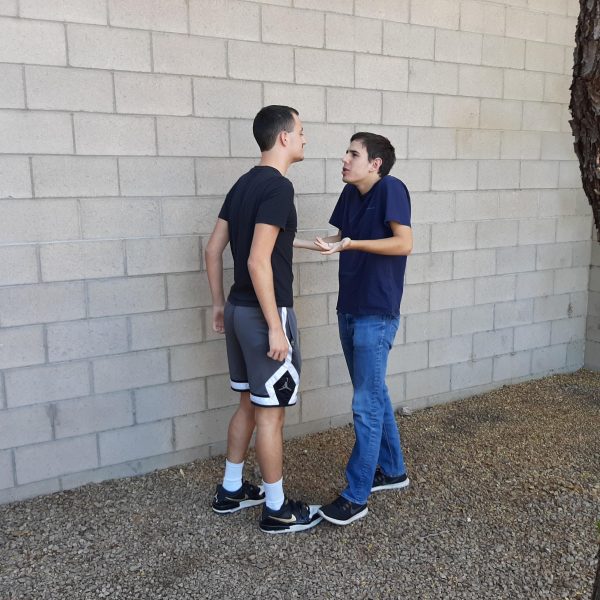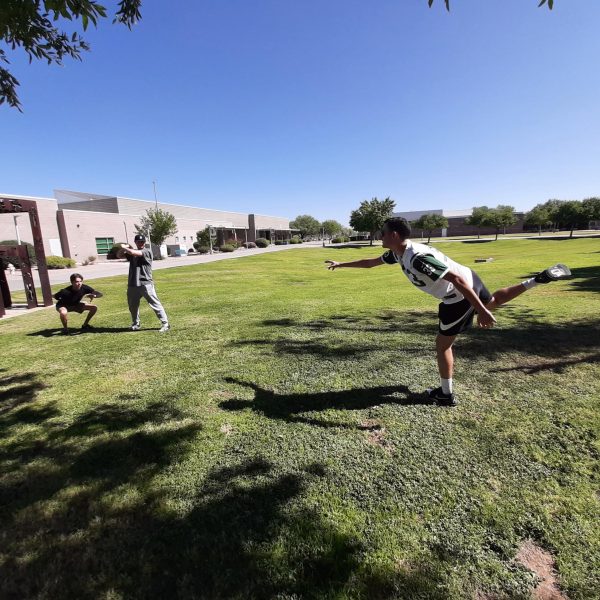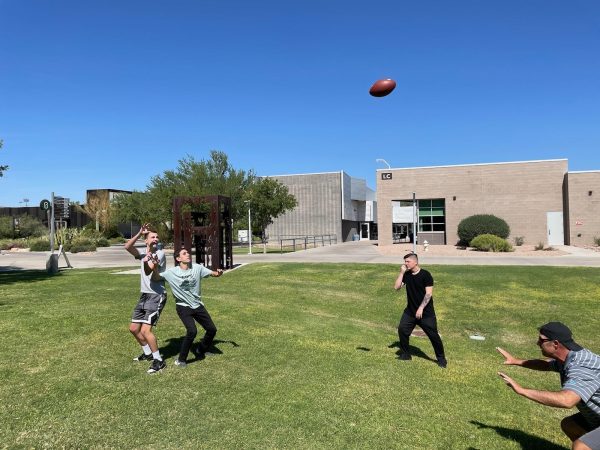Chandler Museum opens exhibit on Japanese-American internment
The exhibit aims to educate and inform visitors on the impact of Executive Order 9066 on the order’s 75th anniversary
February 19, 2017
On Feb. 19, 1942, President Franklin D. Roosevelt signed Executive Order 9066. The order was put in place after the attack on Pearl Harbor by the Japanese the previous year.
The executive order called for all Japanese-Americans to evacuate and be relocated if they were around military areas, which was primarily the entire West Coast. Internment camps were built in different locations across the country by the military for relocation.
There were two very large camps built in Arizona, the Colorado River Relocation Center and the Gila River Relocation Center. Between the both of them they hit a total of around 30,000 interned citizens.
The Chandler Museum, about a 30 minute drive from where the Gila River camp stood, currently have an exhibit called “Un-American: Japanese Internment in Our Backyard.” The exhibit started on Feb. 7 and has lots of pictures and information on the Gila River internment camp and how those who were relocated were effected.
On Feb. 23, the exhibit will play host to a reception from 6-8 p.m. The Museum is holding the evening event to talk about the exhibit and have staff available to answer questions.
“This is a part of history that sometimes isn’t taught in schools, not everyone knows about it,” Museum curator of education Tiffani Egnor said.
The Museum is also working on a project where they are trying to build 16,655 paper cranes for every person that was held at the Gila River Camp.
At the exhibit there is a book where museum visitors can record their thoughts on the Japanese internment camps and already many have responded. For example, a comment from an anonymous visitor read “May we never forget! And never repeat.”
“Un-American: Japanese Internment in Our Backyard” will be shown at the Chandler Museum through the summer.



